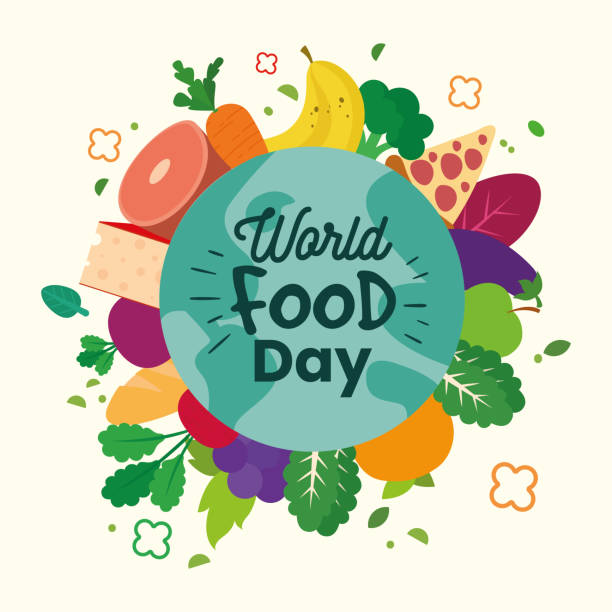World Mental Health Day was observed for the first time on 10 October 1992. The day, officially commemorated every year on October 10th, aims to raise awareness in the global community about the critical mental health agendas – with a unifying voice through collaboration with various partners – to take action and to create lasting change. It was started as an annual activity of the World Federation for Mental Health by the then Deputy Secretary-General Richard Hunter. In 1994, at the suggestion of then Secretary-General Eugene Brody, a theme for the Day was used for the first time.
Present Knowledge in Food Safety: A Risk-Based Approach through the Food Chain, Volume 1, 1 January 2022
This chapter outlines some key aspects of disability studies and considers how this strongly emerging field is intersecting with scholarship and activism across many varieties of neurodivergence.
During the past 20 years, more and more autistic people have been reaching out and forming connections, creating community, and discovering our own styles of autistic togetherness.




